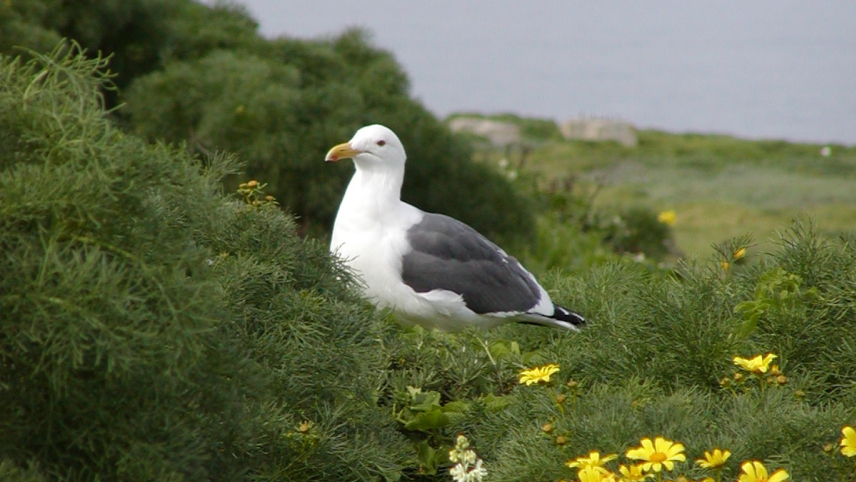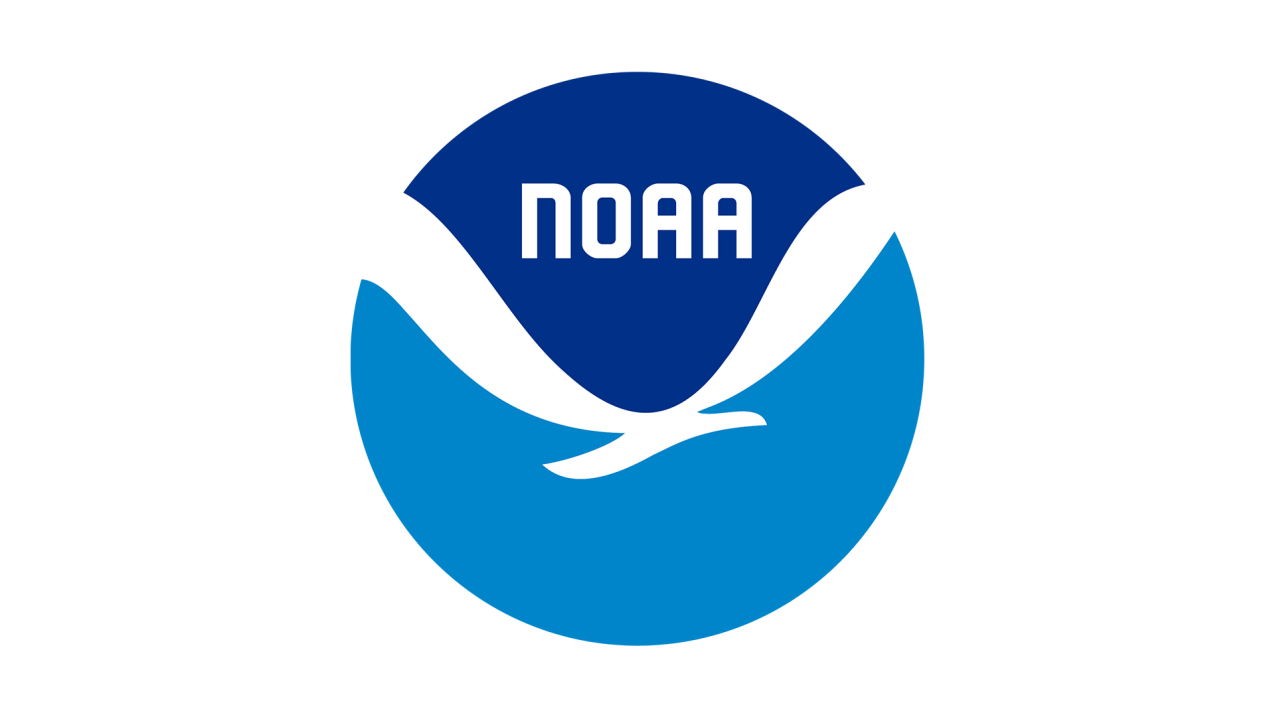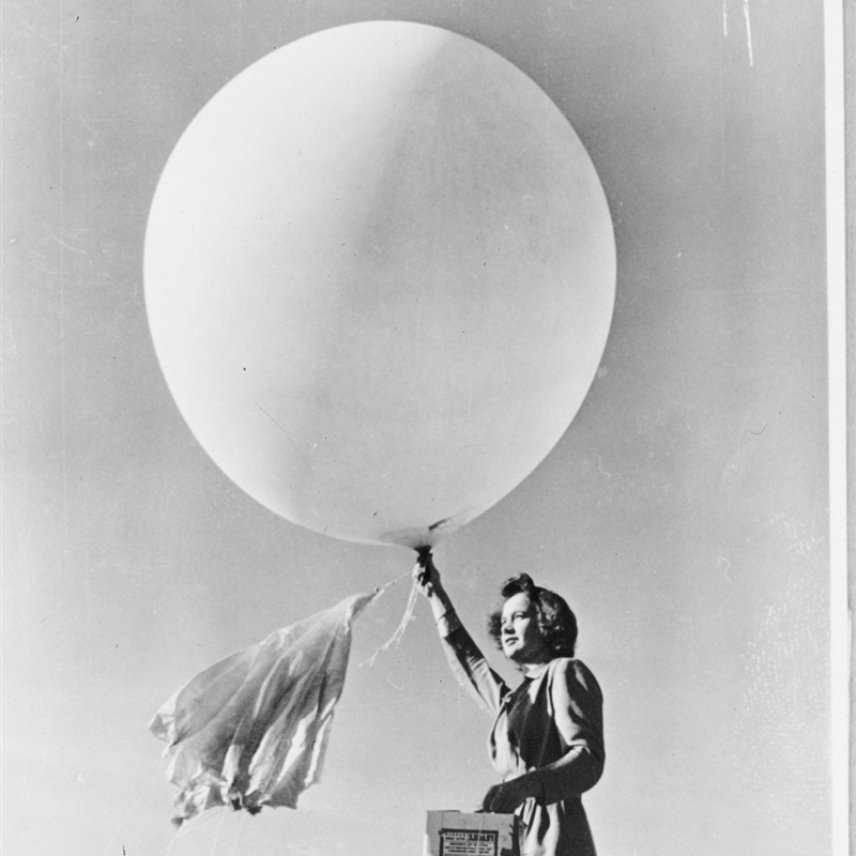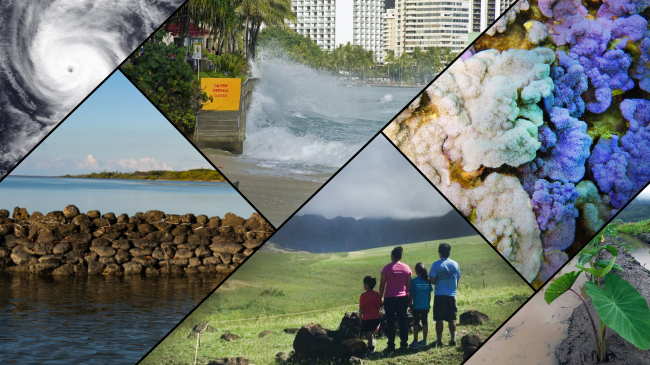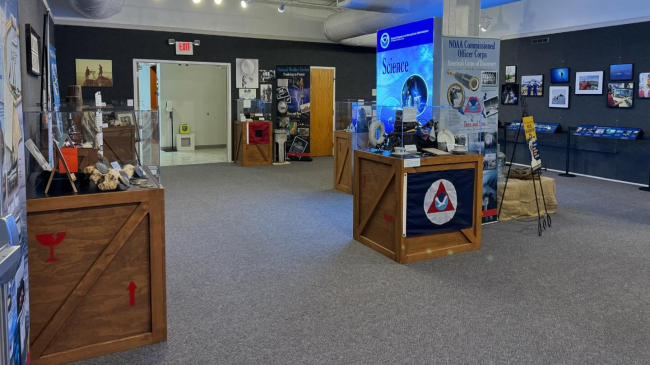It’s National Trivia Day! Take this quiz to see how much you know about NOAA’s history.
Questions
1. Which President founded America’s oldest scientific agency?
A. John Adams
B. Thomas Jefferson
C. John Quincy Adams
D. Andrew Jackson
2. What was the first government agency to provide weather observations and warnings?
A. Department of Agriculture
B. Department of Commerce
C. U.S. Army
D. U.S. Air Force
3. When was the first weather satellite launched?
A. 1960
B. 1953
C. 1970
D. 1962
4. Where was the first marine research station located?
A. A windmill in Washington
B. A shed in Massachusetts
C. An aquarium in Maryland
D. A lighthouse in Connecticut
5. What was the name of the first vessel built especially for marine research by any government?
A. Pathfinder
B. George S. Blake
C. Albatross
D. Bibb
6. What prompted the founding of the NOAA Commissioned Officer Corps?
A. When civilian coast surveyors were working with the Armed Forces during the Civil War
B. When the US acquired the Philippines and Puerto Rico and coastal surveying was needed in those territories
C. When, during World War II, over half of the commissioned officers of the Coast & Geodetic Survey were transferred to either the Army, Navy, or Marine Corps
D. When ununiformed civilian scientists accompanying Armed Forces were in jeopardy of being considered spies if captured by the enemy during World War I
7. Which were the first National Marine Sanctuaries established?
A. Monterey Bay and Gray’s Reef
B. Mallows Bay-Potomac River and Thunder Bay
C. Olympic Coast and American Samoa
D. Monitor and Key Largo
Answers
1. The answer is B! Thomas Jefferson founded the nation’s first scientific agency, the Survey of the Coast, to provide nautical charts to the American maritime community for safe passage into American ports and along our extensive coastline in 1807. It later became part of NOAA.
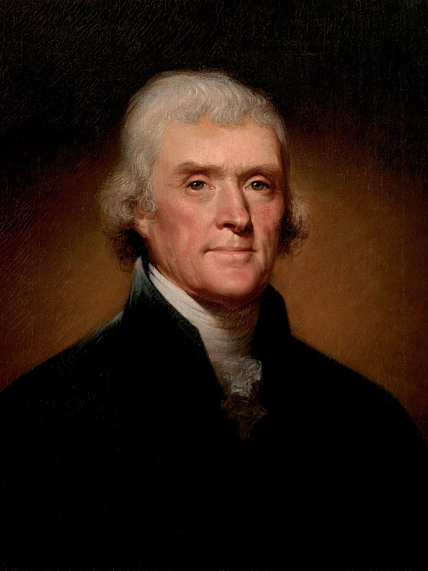
2. The answer is C! The first government agency to provide weather observations and warnings was established within the U.S. Army in 1870. The Weather Bureau began in 1890, when Congress transferred these services to the Department of Agriculture.
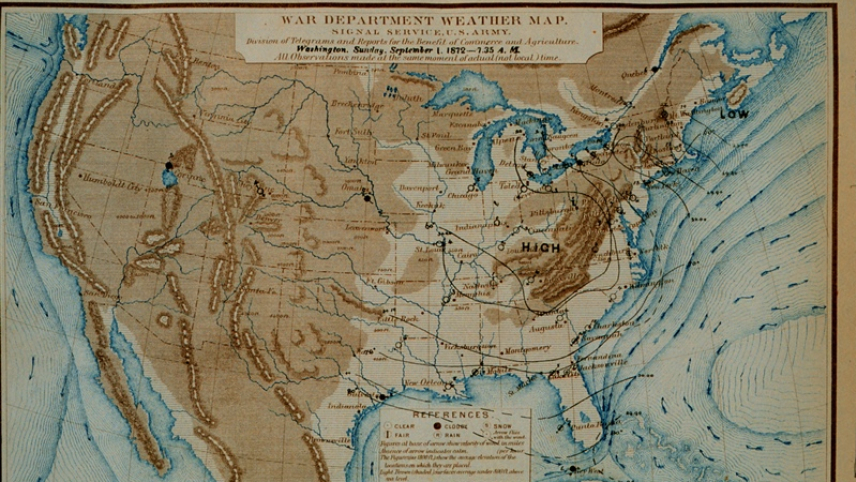
3. The answer is A! The first weather satellite, the TIROS-1, was launched in 1960. While in orbit for 78 days, TIROS-1 generated 23,000 pictures of the Earth, enhancing our understanding of meteorology and expanding our view of our planet, its natural wonders, and its place in the heavens.
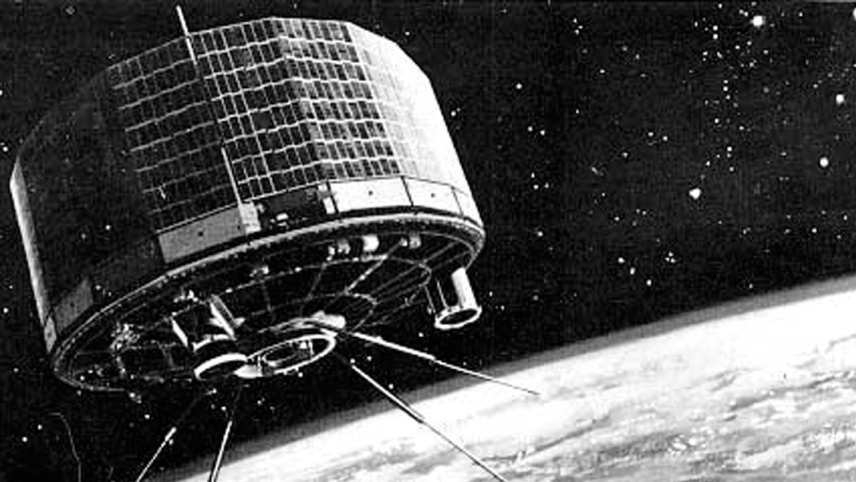
4. The answer is B! The first marine research station started in a borrowed shed in Woods Hole, Massachusetts, and grew into the nation’s center of fisheries research. It also houses the first public aquarium in the United States.
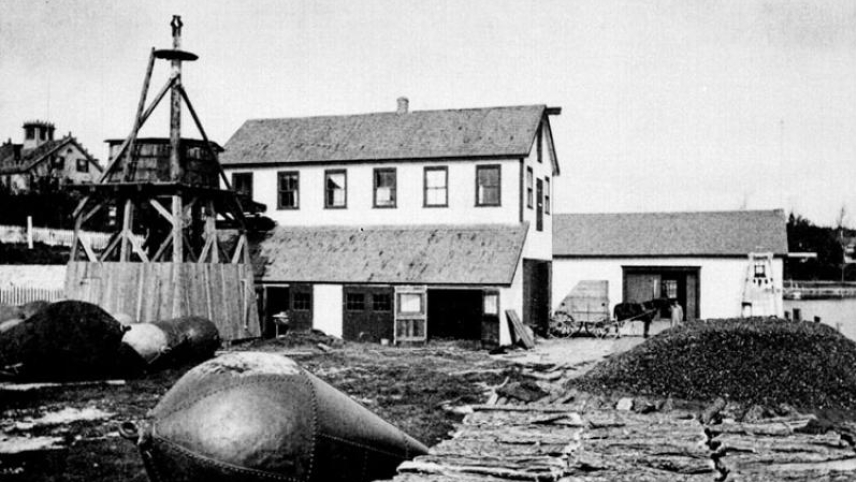
5. The answer is C! The Albatross was the first vessel built especially for marine research by any government. In the year 1881, Congress authorized an appropriation totaling $148,000 for the construction of the vessel. The keel was laid in March 1882, the ship was launched in August, and she made her trial run on December 30.
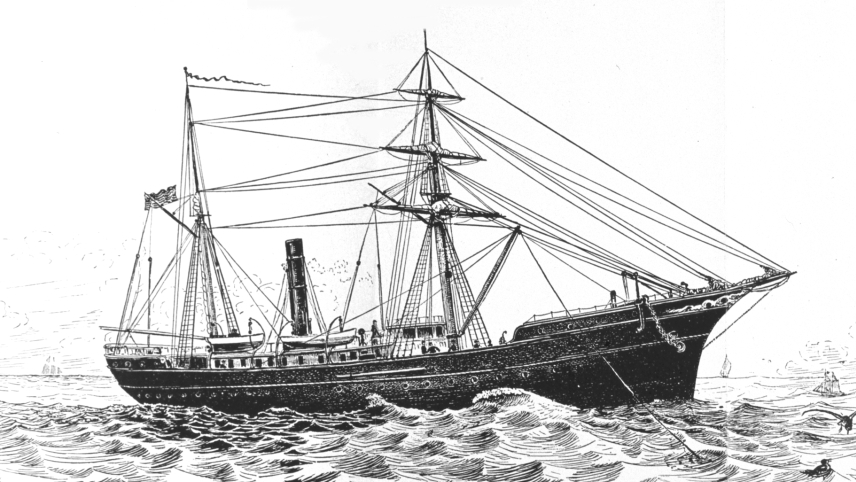
6. The answer is D! With the entry of the United States into World War I in 1917, the commissioned service of the Coast & Geodetic Survey was formed in order to eliminate the unexpected situation that arose during the Civil War, where civilian scientists accompanying armed forces were in jeopardy of being considered spies if captured by the enemy.

7. The answer is D! The Monitor National Marine Sanctuary off the coast of Cape Hatteras, North Carolina and Key Largo National Marine Sanctuary off the coast of Key Largo, Florida (now part of the Florida Keys National Marine Sanctuary) were the first areas to be designated as such in 1975.
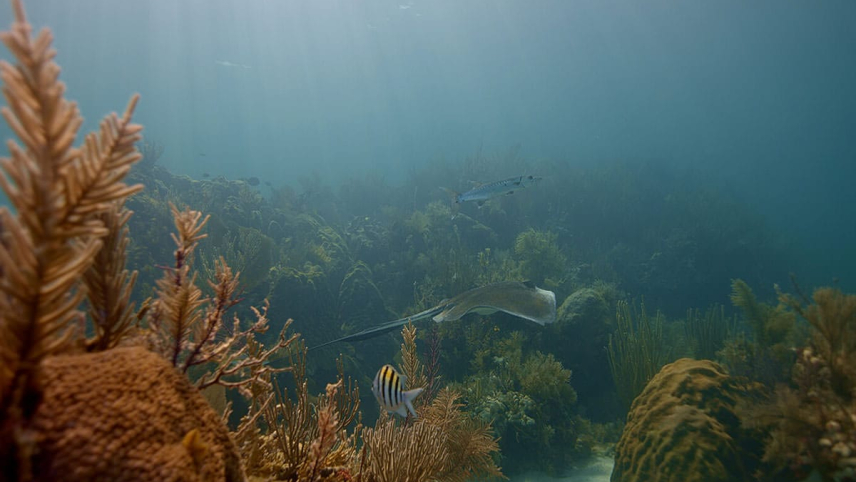
Scoring
Find out which animal you are, based on your score!
0-2 Correct
You’re a regal angelfish! We’re glad you’re interested in NOAA’s history and hope you learned a lot from our quiz!
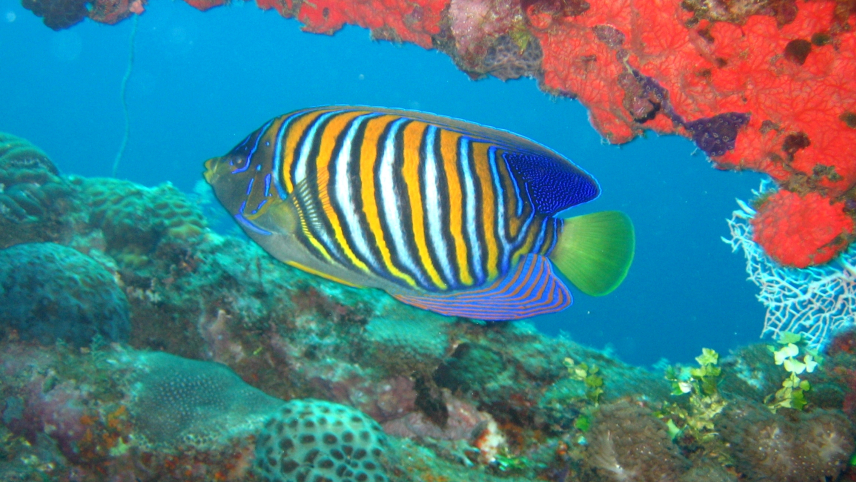
3-4 Correct
You’re an octopus! Our quiz was hard, but we hope it taught you more about NOAA’s history!
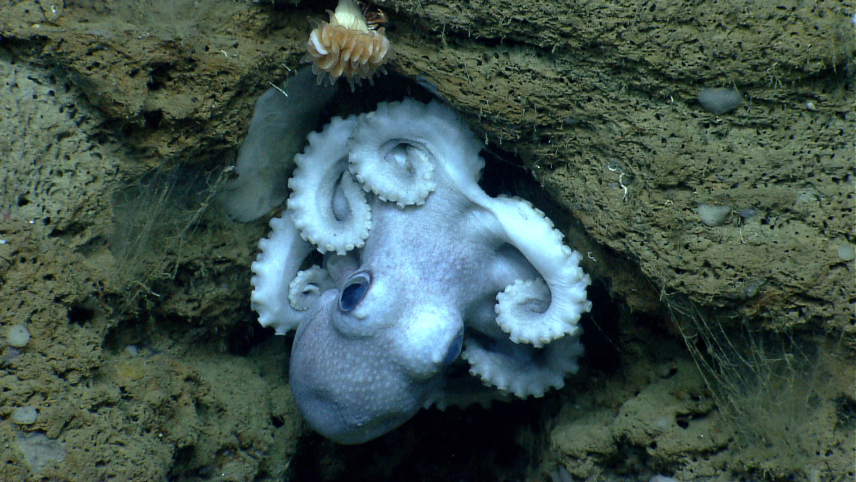
5-6 Correct
You’re a spotted dolphin! We can tell you love NOAA and our history and are glad we could teach you a bit more about it!
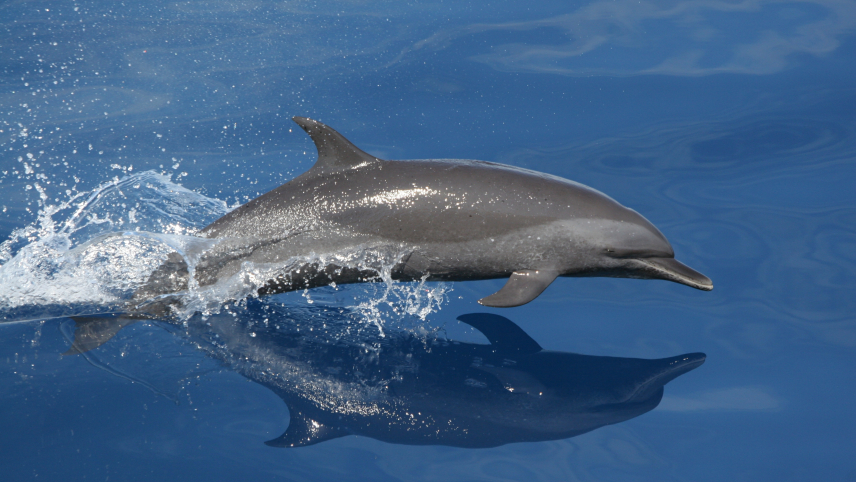
All 7 Correct
You’re a Western gull, practically NOAA mascot, Safety Seagull, himself! You’re a true blue NOAA history buff and we appreciate you!
